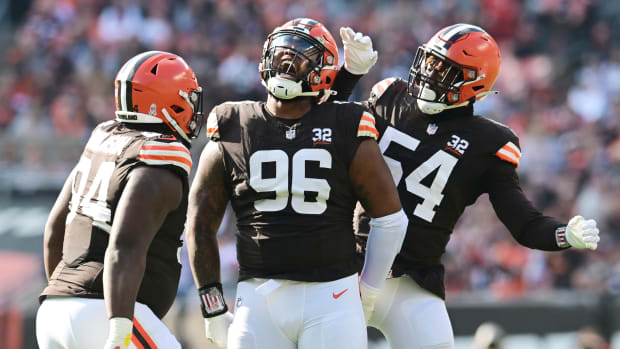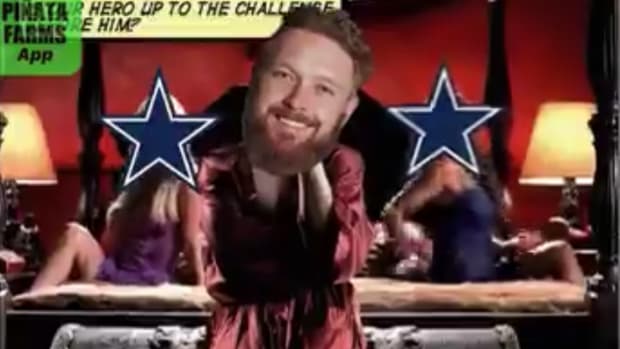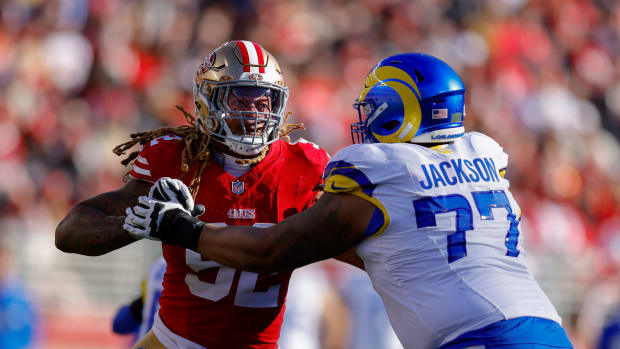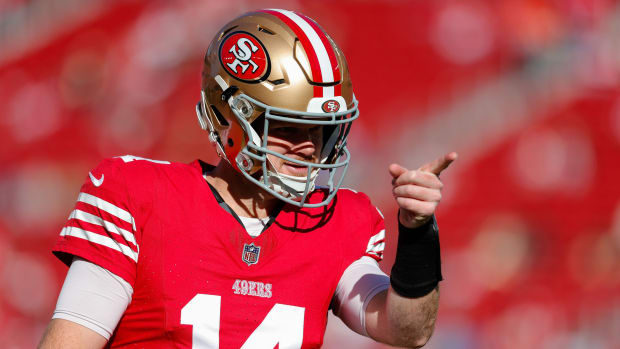Released? Waived? Practice squad? An NFL roster moves primer
This will be the busiest weekend without actual games played on the NFL calendar, with all 32 teams required to pare their rosters to 53 players for the regular season before signing a 10-man practice squad.
There are many different types of transactions that can be made, some of them easier to understand than others.
Here's a list of the most common moves that will be announced around the league after the deadline on Saturday afternoon:
RELEASED: When a team drops a player from the roster who's considered a vested veteran, with four or more years in the league, his contract is terminated and he's immediately free to sign with any other club. Only after the trade deadline, set this year for Nov. 1, does a vested veteran first pass through the waiver system.
WAIVED: When a team drops a player from the roster with less than four years of service. He must go through the waiver process, during which he can be claimed by another club over a 24-hour period. Through the first three weeks of the regular season, the queue follows the same order in which teams picked in the most recent draft. From the fourth weekend of the regular season through the Super Bowl, priority is determined by inverse order of win-loss records around the league. If a player passes through waivers unclaimed, he becomes a free agent.
RESERVE/INJURED: When a team places an injured player on a reserve list that's exempt from the 53-man limit. He's ineligible to return in the same season.
RESERVE/INJURED WITH DESIGNATION TO RETURN: Each team has one such card to play each season, when a player on injured reserve can return to practice after at least six weeks on the list and play after at least eight weeks on the list.
RESERVE/PHYSICALLY UNABLE TO PERFORM: When a player is placed on a reserve list that doesn't count against the 53-man limit for a minimum of six weeks. There's a window from the week of the seventh regular-season game extending through the conclusion of the 11th regular-season weekend when players on the PUP list can begin practicing. If a player is not moved to the active roster after three weeks of practice, he reverts to injured reserve and can't practice or play the rest of the season. The PUP list, like the designation to return, is essentially a short-term injured reserve.
RESERVE/NON-FOOTBALL INJURY OR ILLNESS: Mirroring the PUP list rules, this is for players hurt outside of team activities or have a medical condition preventing them from participation.
RESERVE/SUSPENDED: This is a list for players, also exempt from the 53-man limit, who are serving NFL-ordered suspensions. They're not paid, and they can't practice with the team until they're returned to the active roster.
PRACTICE SQUAD: Each team's 10-player practice squad can be assembled beginning on Sunday. Up to four of the players can have two accrued seasons in the league, as counted by spending at least six weeks on a team's active roster or reserve list. Players can spend two seasons on the practice squad, as defined by at least six weeks equaling one season.
---
Online:
AP NFL website: http://www.pro32.ap.org and AP NFL coverage on Twitter: http://www.twitter.com/AP-NFL




































